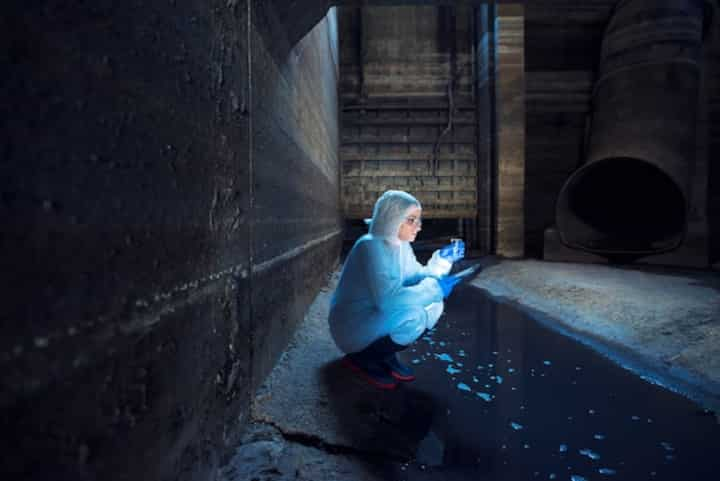
Expert Guide to Crawl Space Mold Removal Services
Mold in crawl spaces is a common issue that can lead to severe health problems and structural damage if not addressed promptly and effectively. As these spaces are often dark and damp, they provide an ideal environment for mold growth. This article aims to provide an expert guide on crawl space mold removal services, highlighting the importance of professional intervention, the steps involved in mold removal, and tips for preventing future mold issues.
Understanding the Importance of Professional Mold Removal Services
Mold in crawl spaces can pose significant health risks, including respiratory problems, allergies, and other health issues. Moreover, mold can compromise the structural integrity of a building by weakening wooden structures and insulation. Professional mold removal services are crucial because:
- They have the expertise and equipment to identify all affected areas.
- Professionals use specialized cleaning agents that are not available to the general public.
- They ensure the safe and thorough removal of mold, reducing the risk of recurrence.
- Experts can identify the underlying causes of mold growth and suggest effective prevention strategies.
Learn more in this detailed guide.
The Process of Crawl Space Mold Removal
Inspection and Assessment
The first step in the mold removal process is a thorough inspection and assessment. Professionals will:
- Inspect the crawl space to identify all mold-affected areas.
- Assess the extent of mold growth and determine the type of mold present.
- Identify the source of moisture that is promoting mold growth.
Mold Containment and Removal
Once the assessment is complete, professionals will focus on containing and removing the mold. This involves:
- Sealing off the affected area to prevent mold spores from spreading.
- Using high-efficiency particulate air (HEPA) vacuums and air scrubbers to remove mold spores from the air.
- Applying antifungal and antimicrobial treatments to eliminate mold colonies.
Explore further insights here.
Restoration and Prevention
After the mold has been removed, restoration and prevention steps are critical to ensure the crawl space remains mold-free. This includes:
- Repairing any damaged structures and replacing contaminated materials.
- Implementing moisture control measures such as improved ventilation or dehumidifiers.
- Regular inspections and maintenance to catch any future mold issues early.
Find additional information here.
Tips for Preventing Mold in Crawl Spaces
Preventing mold growth in crawl spaces not only protects health and property but also saves money in the long run. Here are some effective tips:
- Ensure proper ventilation to reduce humidity levels.
- Install vapor barriers to prevent moisture from seeping through the ground.
- Regularly inspect plumbing for leaks and repair any issues promptly.
- Consider using a sump pump if water accumulation is an issue.